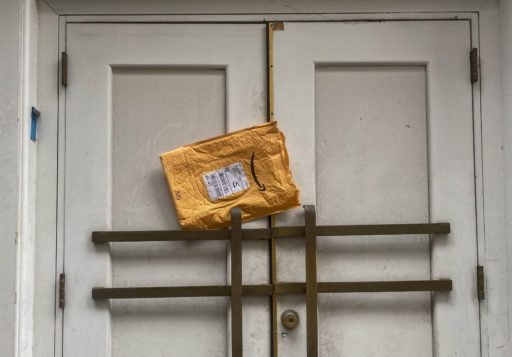Unzoom
Unzoom
I miss giving talks to a roomful of people. For one thing, it had become a bit of a cottage industry, an interesting way to get out and travel, supplement my writing income and occasionally sell a few more books. I also enjoy the interaction and the opportunity to create a narrative based upon visual evidence where my own voice would ad lib the narrative.
It also became my way of doing a version of stand-up comedy – a method of self-expression and creativity in which I took a subject that I happened to love and turned it into something instructive. Or at least that’s how I felt when standing up there talking and showing pretty pictures.
Having spent years teaching in a standard university format of classroom/lecturer got me accustomed to addressing an audience. That was based on a syllabus of assigned readings and mainly consisted of exchanging words with students. When I got into golf writing and started taking 35 mm. slide images (remember those?) of golf courses I began to find a way to express what I loved about golf architecture and to explain it to various audiences – whether members of a club, or meetings of golf professionals, superintendents or club managers. The result was a comfort level and the development of a little lecturing trade that helped me land more writing and consulting assignments.
Sometime in the late 1990s I switched over from a carousel slide projector to PowerPoint. I am your classic late adopter, and because I had a collection of thousands of meticulously cataloged slides by then that I used both for my talks and for publication purposes I was reluctant to move over to the new technology.
Back then at trade meetings the use of slides versus PowerPoint was still about 50/50, and conferences were flexible in providing both set ups. The turning point for me was a meeting on Long Island where a flustered agronomist trying to fix a slide that showed upside down picked up the carousel and didn’t realize he had forgotten to secure the plastic band around the top. The slides all tumbled out on the floor. We then we all watched with amazement as he tried to continue his talk by arbitrarily picking up one slide after another off the floor and inserting it again into the carousel to explain its significance. To say the least, his talk came off as a disaster, and I was forever convinced I had to make the switch.
Back in 1970 a sociologist named Alvin Toffler wrote a best seller called “Future Shock” about the cultural impact of innovation. It’s fascinating to me how each generation reared on a set of practices is forced to give them up as new technologies supersede them – at an accelerating rate, no less. I used to type on a typewriter, using White-Out to make corrections. Then I discovered desk top units tied to mainframes, with crazily complex programming like XyWrite. Then desk tops. Now laptops. I can’t write on a tablet or mobile phone but see how others younger than I might be able to.
I still remember the awe I felt when I sent my first fax. It was the early spring of 1989, and we were applying to spend three months doing research in Australia with our daughter attending school there and I had to get some forms in. I can still conjure up the feel of wizardry and transformation as I fed the document into the fax machine and realized that it was coming out the other end – so to speak – in Canberra.
My own joy at developing PowerPoint talks came because I used a simple trick of never using text on the screen. We have all sat through those incredibly boring, stupid, wasteful presentations where someone posts line after line of text on a screen and reads it off. Has there ever been a bigger waste of a medium? No wonder Jeff Bezos at Amazon has forever banned PowerPoint talks at meetings.
My own method was to show a succession of pretty pictures and tell stories for each one. I never used a script, though in fact after having done hundreds of talks you learn the rhythm of sequencing and what works and what does not work. What always amazed me was how much time it took to tailor a talk for a particular audience. A 45-minute talk often took 5-6 hours to edit, reorder and work as a continuous narrative. The goal was to make the audience feel like it was seamless and self-contained upon presentation.
I miss giving those and hope we can get back to the day when people can gather in groups of 50 or 100 and learn together. I have already been through my share of Zoom meetings and recognize that the interactive/conversational style is its own medium and can have some pedagogic value. Goodness knows, however: our colleges and universities will have to retrain their entire faculty to make the online experience worth the tuition.
For me, I need the scale of a large screen in a darkened room to make my talks come alive. Putting them onto a screen via a Webinar or Zoom session does not have the same aesthetic impact. It’s the difference between watching a movie in a theatre and viewing it on a TV screen – or hand-held mobile. The experience is simply less compelling.
I’m still someone who wants to recapture a certain emotional sensibility before we forget what it was like. Like everyone else I am sitting and waiting to get back to work.
